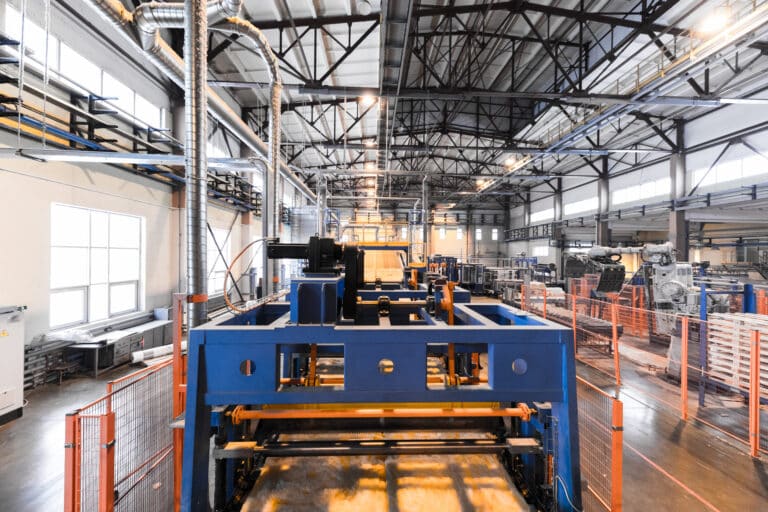For businesses in the laboratory or manufacturing industry transporting goods and materials, having a portable weighbridge is ideal for setting up weighing stations wherever and whenever needed. But with different types on the market, how do you choose the best portable option for your needs?
When selecting a portable weighbridge for your business, consider the weighing capacity and precision level you require. Portable weighbridges range vastly in terms of how much weight they can measure, from small single axle pads to scales that can weigh heavy vehicles up to 60+ tonnes. Consider what size vehicles you need to weigh and what degree of accuracy is important. An axle scale, for example, allows individual axles to be weighed as the vehicle drives over slowly, calculating the gross vehicle weight by summing the separate axle weights captured.
Durability and portability are other important considerations when investing in a portable weighbridge. Look for solid construction from high-grade materials like steel that will withstand repeated use and last for years of reliable service. Portability factors include the overall weight and whether the scale has built-in wheels or forklift pockets to reposition easily and quickly as required between locations. Ease of setup and takedown is also key for a portable solution that may need to be deployed for certain jobs or packed away into storage when not in use.
Additionally, the right software and indicators to capture, process, display, or print the weight data are vital parts of a functioning portable weighbridge system. The indicator shows the weights measured and may provide gross/net totals, counting pieces weighed and more.
For sites with space constraints, axle weigh pads offer an adaptable, portable weighing option. By using individual lightweight pads spaced out axle-width apart, trucks and smaller vehicles can slowly drive over at low speeds to capture axle weights without needing a full-sized scale platform, and the portable pads are quick to set up and take down when not required. While axle pads sacrifice the larger capacity of full weighbridges, their ability to create impromptu weighing stations anywhere provides unique flexibility for farmers, mining sites, builders or anyone needing to weigh vehicles intermittently.
In summary, key steps you can take when choosing the best portable weighbridge for your business include:
- Evaluating capacity needs – how much weight must be measured and how many axles for trucks or smaller vehicles weighed
- Assessing required precision and accuracy levels needed
- Prioritising durability, mobility and ease of transport between sites
- Comparing software features for capturing, analysing, storing and integrating weight data
- For space-constrained areas, consider flexible axle pads over full platform scales
- Confirming certifications for legal-for-trade compliance if needed
- Understanding connectivity and integration options with existing business systems
- Comparing options and quotes from reputable weighbridge suppliers
When looking to purchase a portable weighbridge system, other factors that may influence the decision further include available budget, required certifications for legal-for-trade weighing and connectivity options provided for sending data to the cloud or other devices.
A good portable weighbridge is built to last through many years of serving a company across multiple locations, and with some careful planning, using the above criteria to choose the ideal portable weighbridge to meet your weighing requirements both now and into the future. Thus, take the time upfront to determine what features and performance factors are most vital for your business before making this investment.
To find the best portable weighbridge setup for your business, consult with an experienced weighbridge seller who can talk you through the range of choices based on your particular weighing requirements and objectives is always advisable.












